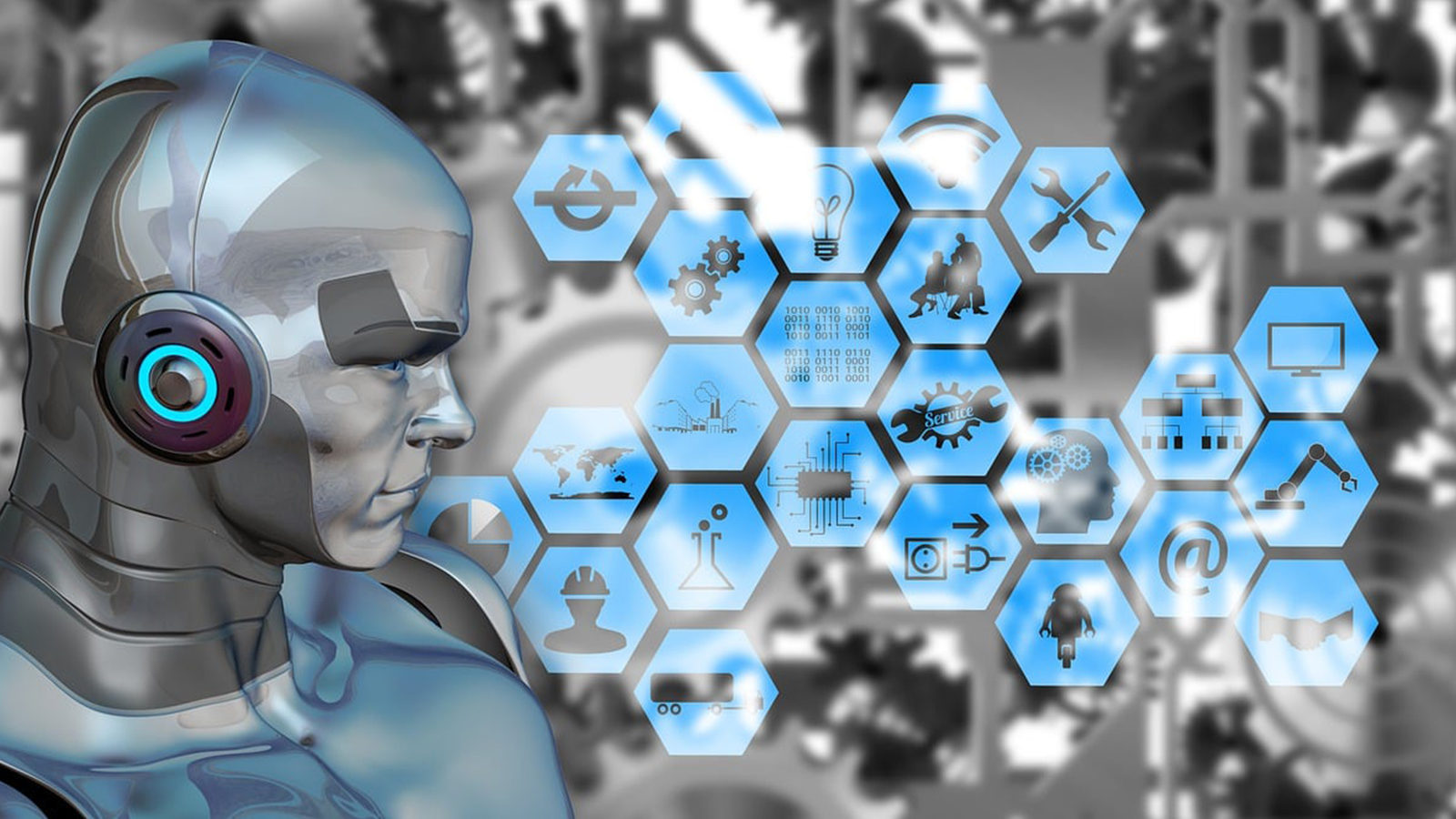

Even assuming a HiBob data breach itself stays improbable, HR still needs to lock down vulnerabilities on their end around device policies, access controls, security training, etc. Partnering with a vendor offering state-of-the-art encryption and access controls gets you halfway there. Building an organizational culture focused on responsible data privacy completes the equation.
So in this guide, we will share the latest safeguards companies need to put in place so HR pros are equipped with tactical ways to cost-effectively shore up defenses across email, spreadsheets, messaging apps, and cloud storage. Because even if your core HR database achieves fortress-like security, sensitive employee info persists in other scattered places that still warrant attention.
Understanding The Types of Employee Data at Risk
To start securing sensitive employee data better, we need clarity on what types of information are most at risk in today’s digital workplace. There’s a lot we need to be protecting better, including:
- Personnel Records: This includes compensation information, payroll details, social security numbers, background check results, offering letters with salary data – basically all the private stuff many employees don’t want getting out.
- Medical History: Any health data HR has like medical leave documentation, disability status, workers compensation files, drug test results, etc. falls into this bucket. You can never be too careful given how damaging exposure could be for employees.
- Internal Incident Reports: Investigation records related to employee misconduct charges, terminations, harassment allegations or grievances/complaints filed should be closely guarded.
- Email and IM Records: While not as intensely personal as health history, archived email and chat tools like Slack contain lots of potentially sensitive data such as system credentials, source code, and upcoming product launches. This data needs to be compartmentalized and secured.
Bottom line, nearly all employee data that grants visibility into someone’s private life or proprietary company information needs to be treated as sensitive and confidential from a security perspective.
Examining the Cyber Threat Landscape
With everyone now accessing company data from personal devices and cloud apps, visibility has gotten very messy for IT and HR admins. As such, lurking criminals and disgruntled staff have more routes than ever to try exploiting this info. Here are some worrisome scenarios you need to get ahead of:
- Phishing Schemes – Watch out for emails aimed at tricking people to click dangerous links or type their passwords into fake login pages. One wrong click can expose contacts to spear-phishing attacks.
- Ransomware Attacks – Malicious software that encrypts company systems until payments are made. We’ve seen government HR and payroll departments taken hostage this way.
- Network Breaches – Skilled hackers penetrating defenses and grabbing employee data when our vigilance slips. No industry has proven immune if they have valuable people data.
- Insider Leaks – Remember that while external threats loom, some disgruntled employees may have a motive to leak sensitive info in revenge. Yet, well-meaning employees accidentally leaking data through improper data handling is actually a more common scenario than intentional theft. Stricter protocols and training helps here.
- Cloud Data Leakage – When we don’t configure tools like Slack or Office 365 properly on the security side, all it takes is one person syncing a compromised mobile device to put data in jeopardy.
7 Ways to Lock Down Employee Data
So what concrete steps can HR leaders take today to lock down employee data? Here are seven top practical recommendations:
Centralize Critical Data Storage
Maintain as few databases/repositories as possible containing personal employee info like health records or SSNs. When this data is fragmented across multiple tools or shared drives, it becomes nearly impossible to defend.
Create a single, hardened system of record.
Apply Strict Access Controls
Use strong role-based access permissions across all devices and accounts enabling employee data access. Require manager approval for expanded access. No weak passwords or unused legacy accounts allowed! Automatic session timeouts after periods of inactivity are wise as well.
Mandate Multi-Factor Authentication
Enforce strong MFA using biometrics, hardware tokens, or authenticator apps for any internal system or tool touching sensitive employee data. This includes cloud apps like Gmail, Slack, and payroll portals. MFA adds critical secondary protection if a password does get cracked or phished.
Mask Sensitive Data Fields
When displaying PII like SSNs is absolutely necessary, mask partial characters to avoid exposing full numbers without need. If all 9 digits aren’t required for a business process, don’t show them. This limits damage if systems are breached.
Encrypt Network Traffic
Mandate encryption for any employee data transmitted over office Wi-Fi, stored on endpoint hard drives, or backed up to the cloud. While this introduces some access latency, encryption renders stolen data entirely useless to cybercriminals even when compromised. It’s a must-have.
Conduct Ongoing Security Training
Require all employees complete modern cybersecurity and data privacy courses when onboarded and during annual refreshers. Doing this pays huge dividends improving mindfulness around risks. Cyber skills are essential for every modern employee!
Designate Responsible Security Leadership
Appoint an internal Chief Information Security Officer accountable for data protection, even if they only lead a small team initially. This executive-level role has become essential with the convergence of technology, workforce management, and business continuity happening in every industry. Security can no longer be an afterthought.
Final Word
The rise of AI and automation will only amplify technology risks around sensitive employee data loss and privacy threats. However, with deliberate strategy grounded in security best practices, HR leaders absolutely can foster workplace innovation while earning staff trust that their personal data remains protected.
Companies that invest equally in both people and technology will gain long-term advantage.
The post The Risks Threatening Employee Data in an AI-Driven World appeared first on AiThority.

